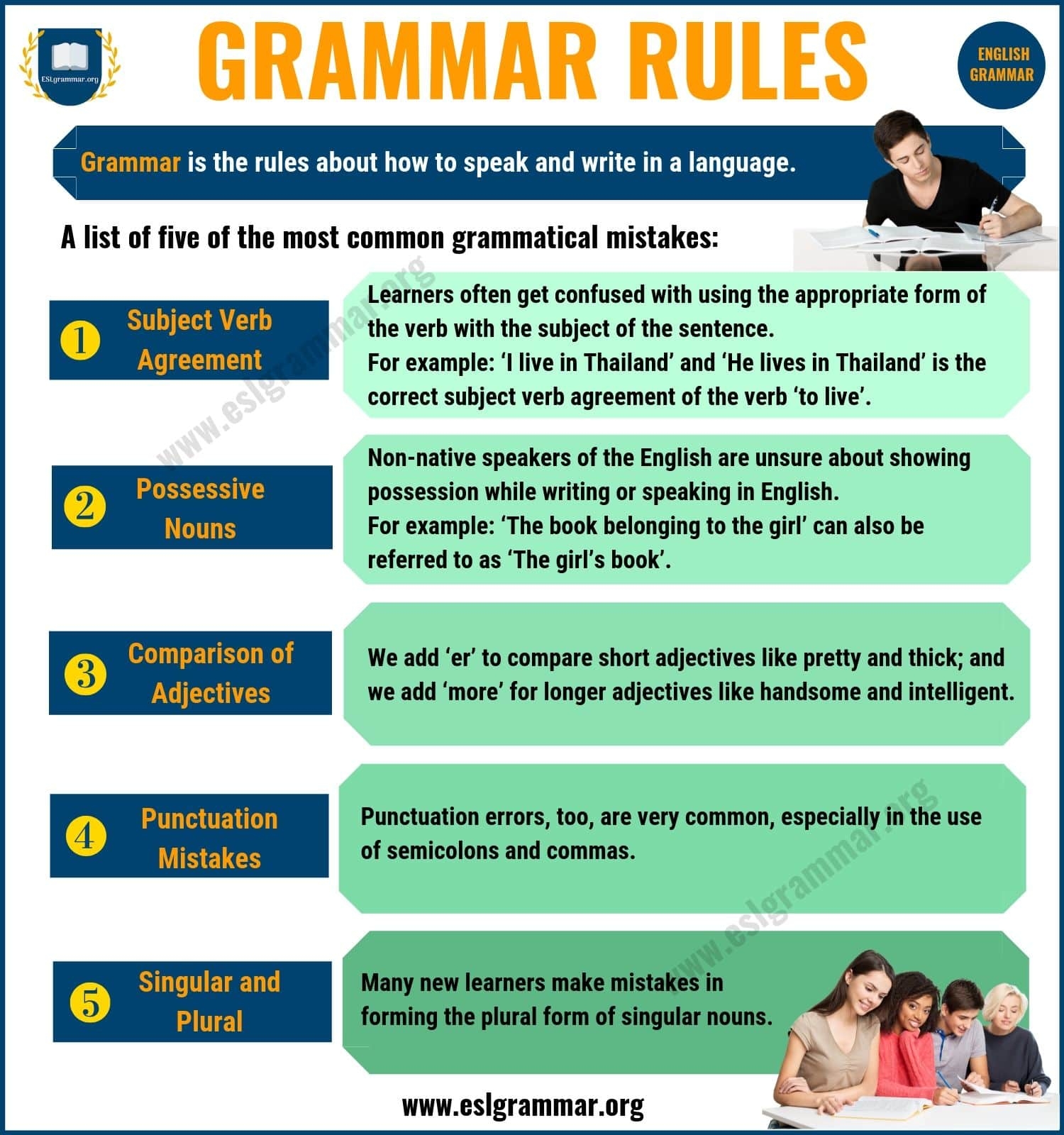Commas are an essential part of writing as they help to clarify meaning and improve readability. Understanding the rules for using commas correctly can make a significant difference in the clarity and effectiveness of your writing. Here, we will explore some important grammar rules for commas that will help you enhance your writing skills.
When it comes to using commas, there are specific rules that you need to follow to ensure that your writing is clear and easy to understand. Commas are used to separate items in a list, set off introductory phrases, separate independent clauses in a sentence, and set off non-essential information. By mastering these rules, you can improve the flow and coherence of your writing.
Grammar Rules for Commas
1. Use commas to separate items in a list: When you have a list of three or more items, use commas to separate them. For example, “I need to buy apples, oranges, and bananas.” This helps to avoid confusion and makes it easier for the reader to understand the list of items.
2. Use commas to set off introductory phrases: When a sentence begins with an introductory phrase, such as “In the morning,” or “After the meeting,” use a comma to separate the introductory phrase from the rest of the sentence. For example, “In the morning, I like to go for a walk.” This helps to signal to the reader that the main part of the sentence is about to follow.
3. Use commas to separate independent clauses: When you have two independent clauses joined by a coordinating conjunction (and, but, or, so, etc.), use a comma before the conjunction. For example, “I wanted to go to the park, but it started raining.” This helps to clarify the relationship between the two clauses and make the sentence easier to understand.
4. Use commas to set off non-essential information: When you have non-essential information in a sentence, such as additional details or clarifications, use commas to set off this information. For example, “My sister, who lives in New York, is coming to visit.” This helps to separate the non-essential information from the main part of the sentence.
By following these grammar rules for commas, you can improve the clarity and coherence of your writing. Remember to use commas to separate items in a list, set off introductory phrases, separate independent clauses, and set off non-essential information. Practice using commas correctly in your writing to enhance your communication skills and make your writing more effective.
